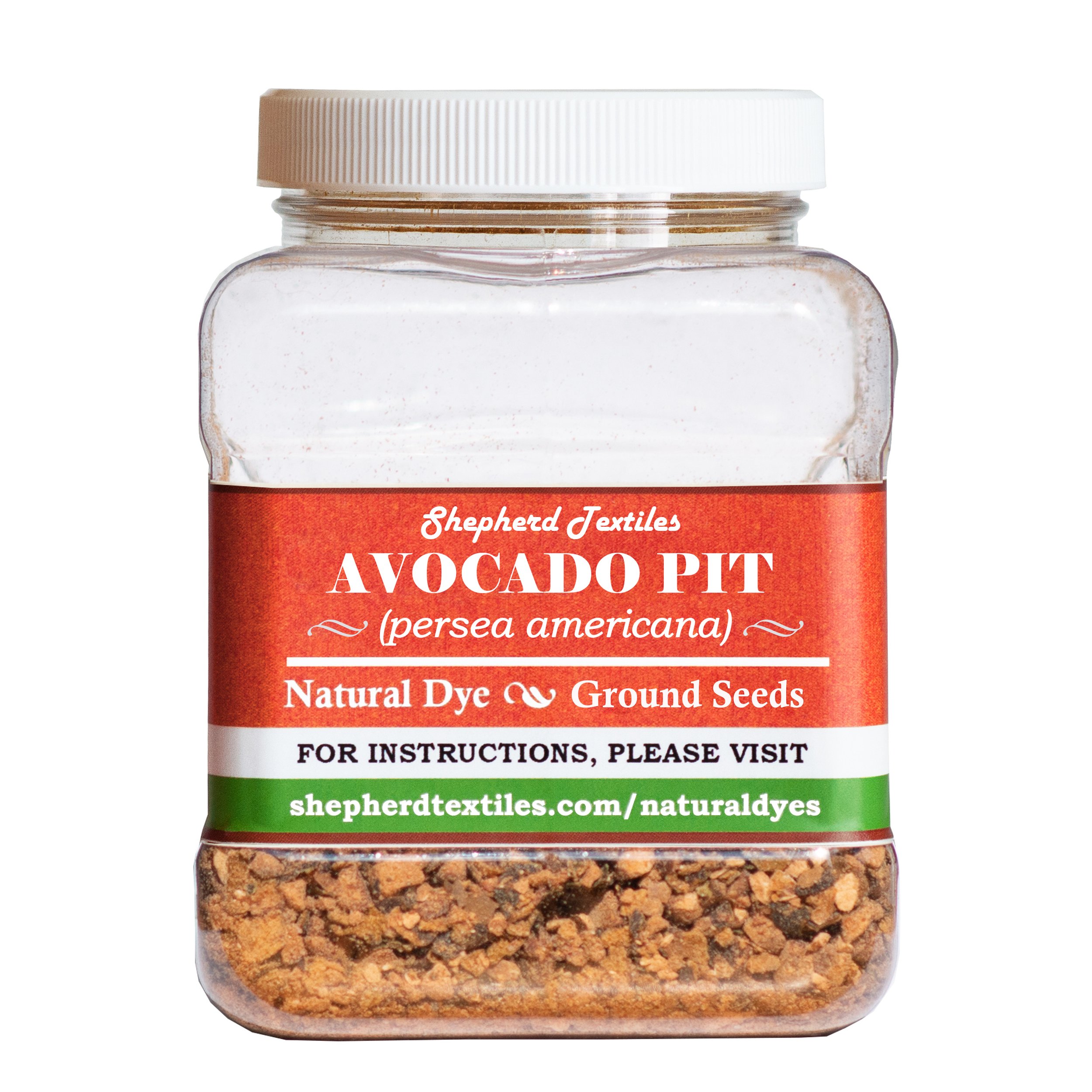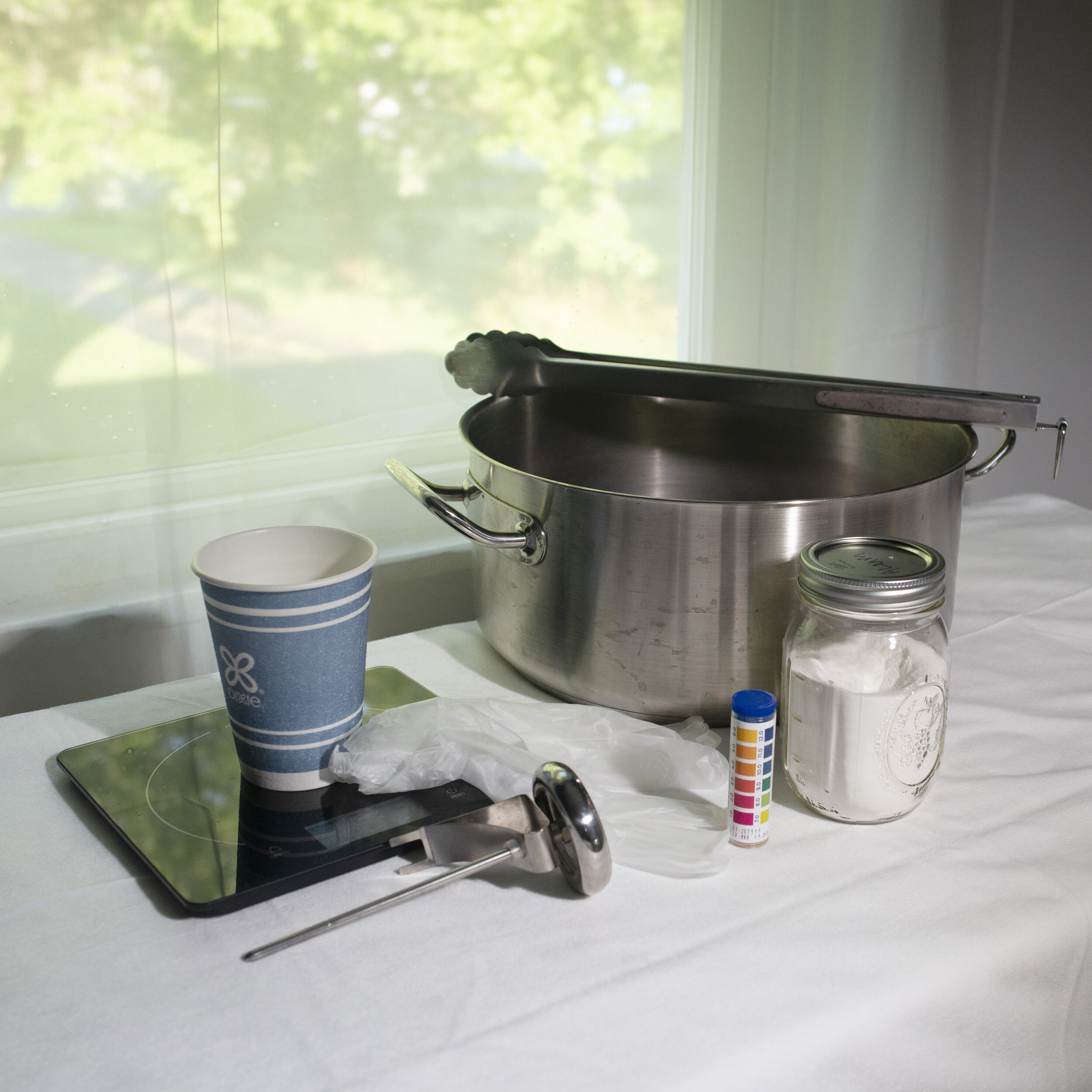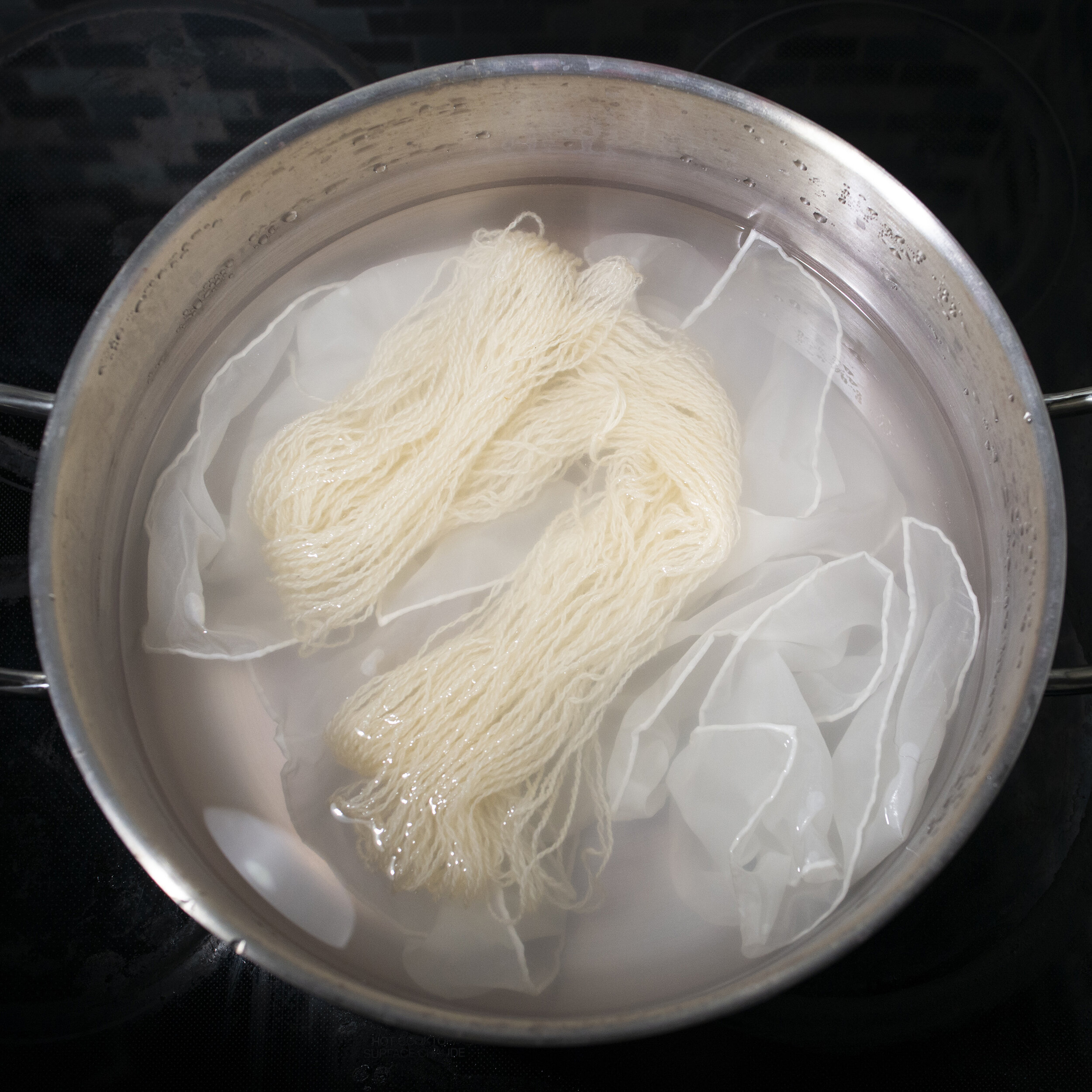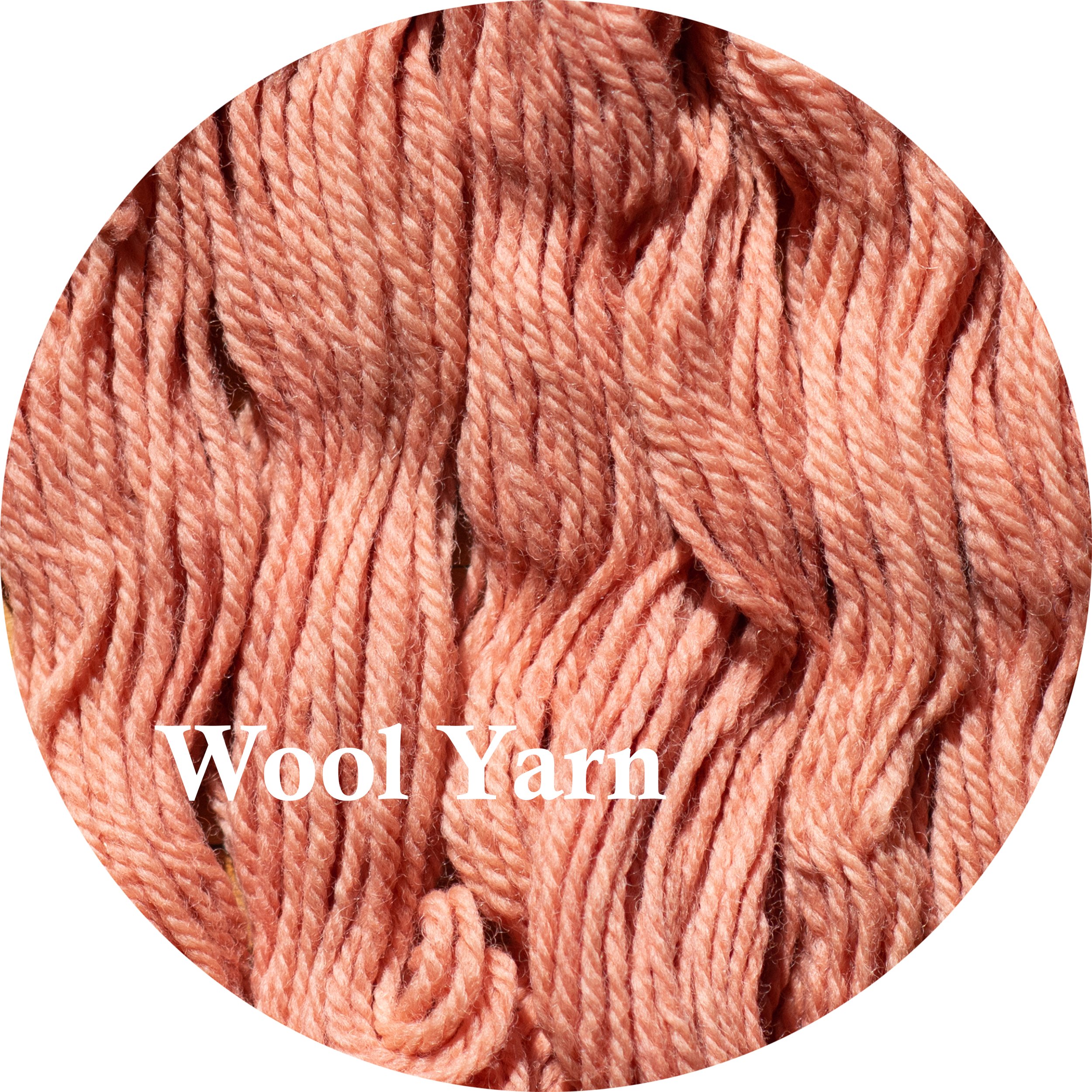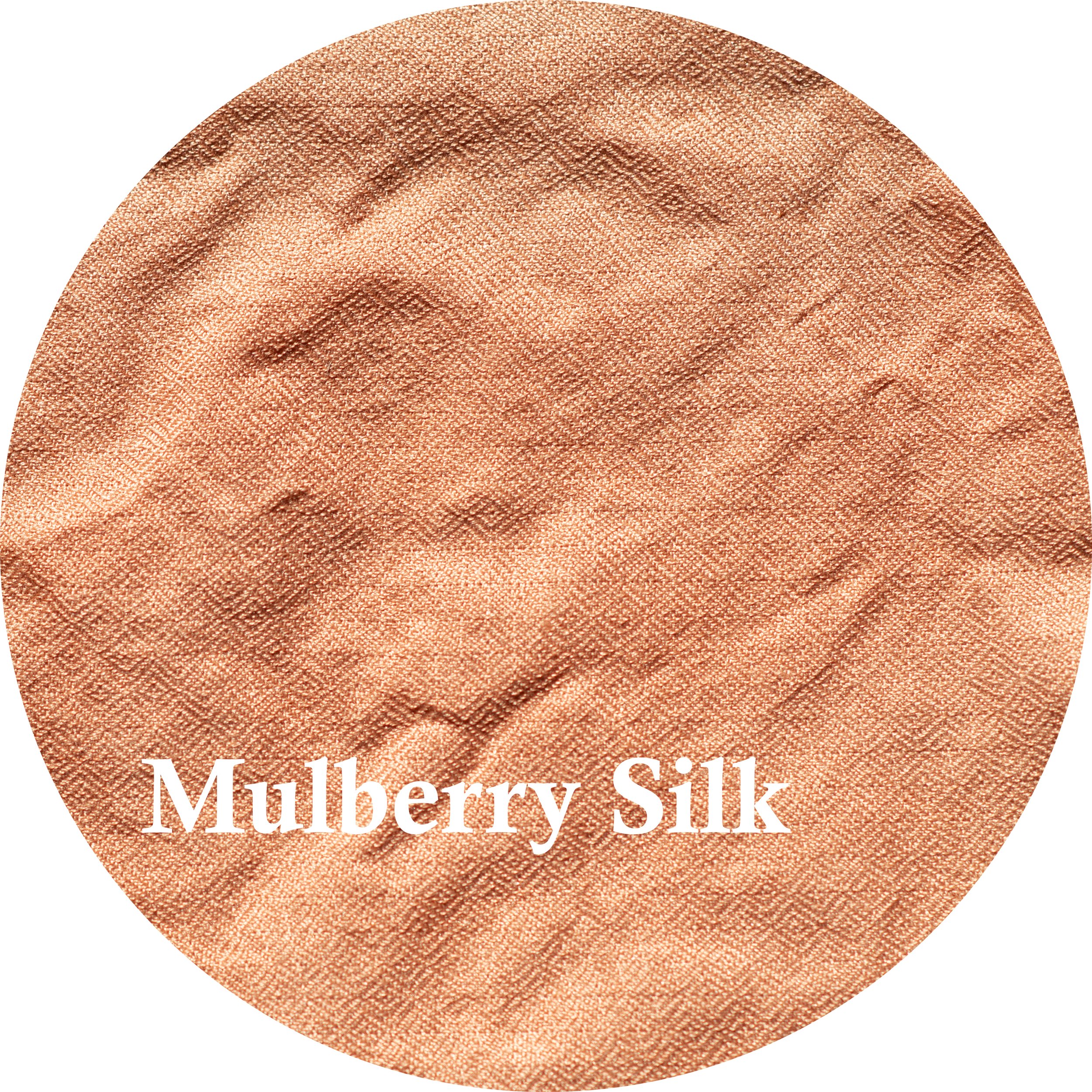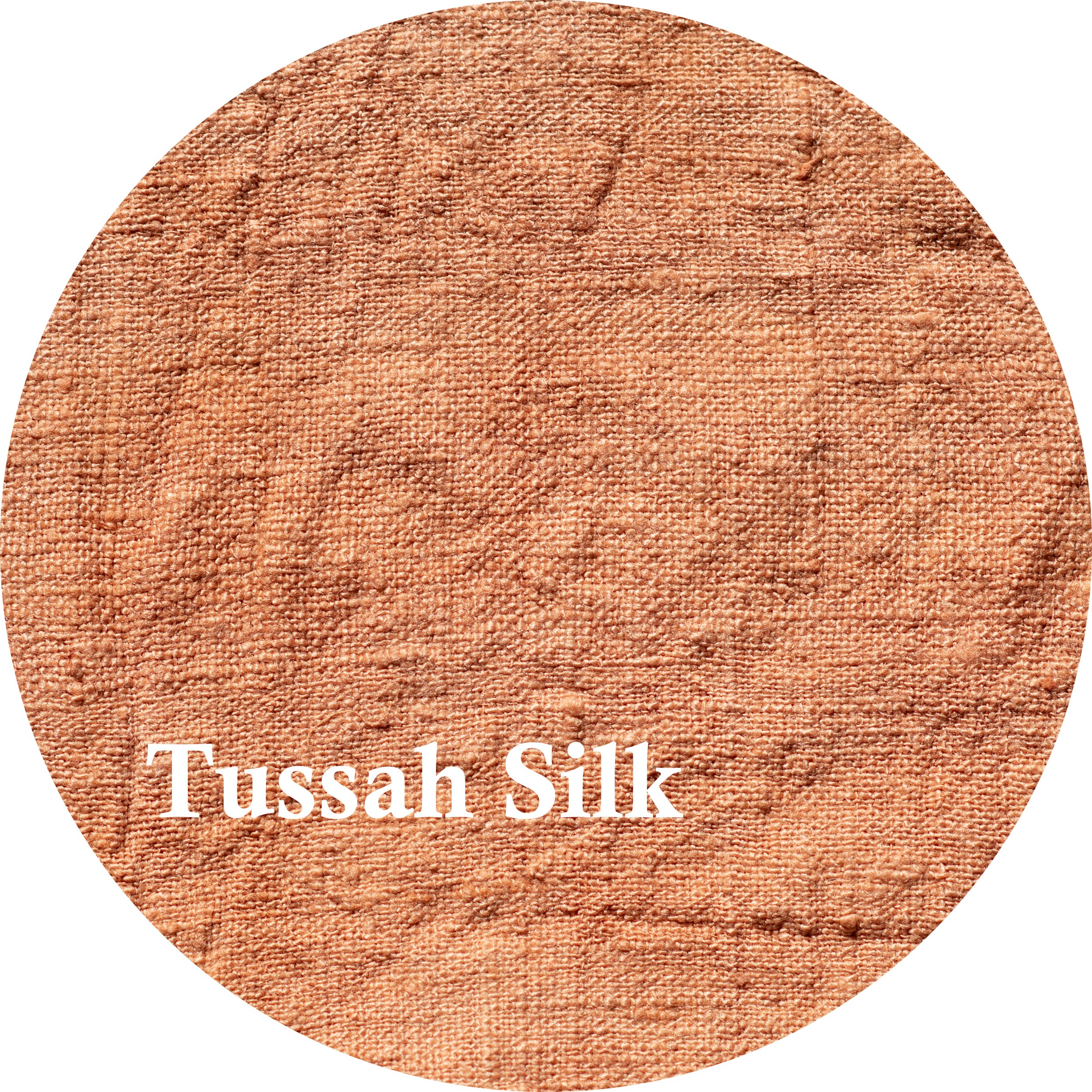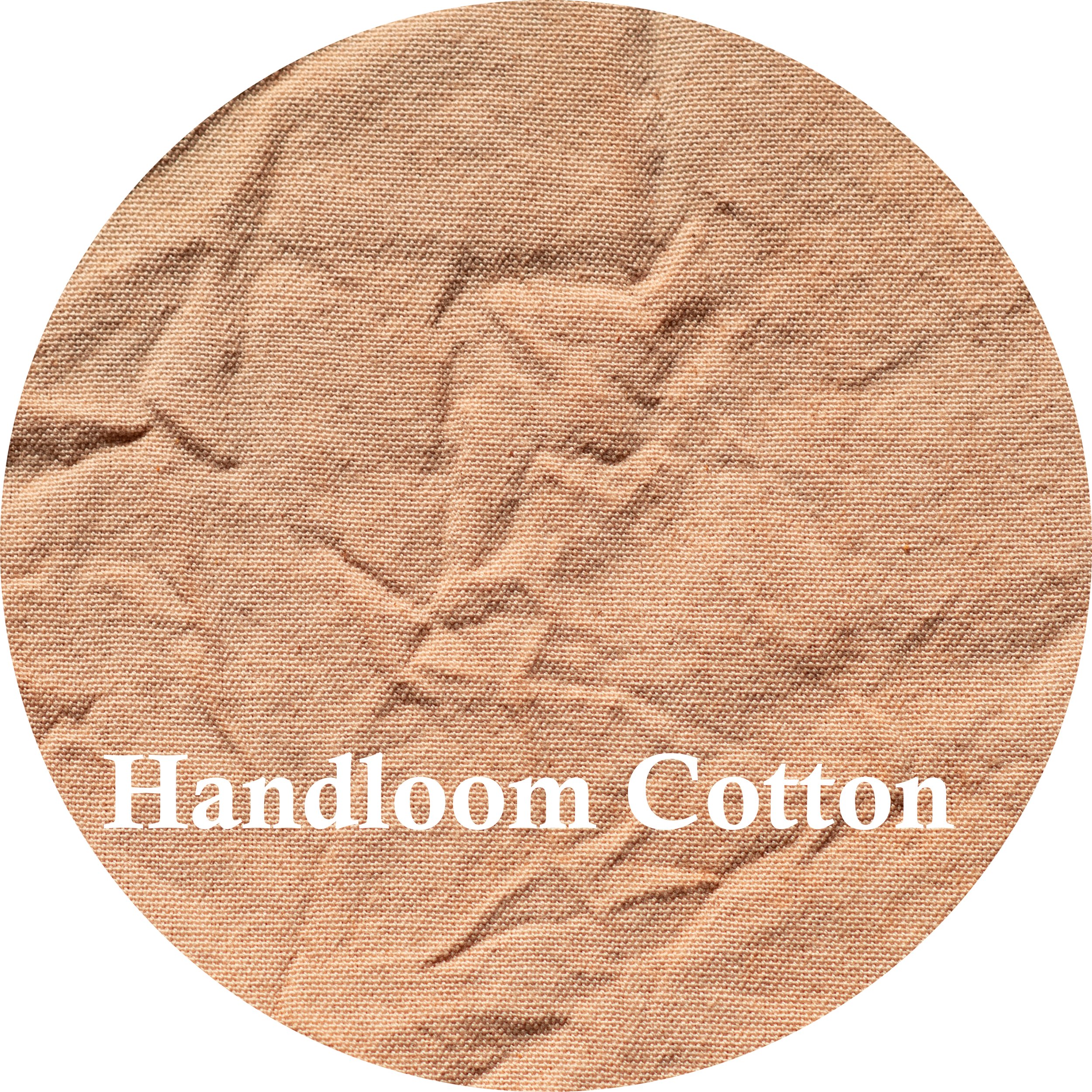
Avocado Pit
A Guide to Avocado Pits
Shepherd Textiles Avocado Pit Natural Dye is made from the ground seeds and skins of the common avocado, persea americana. Avocado pits contain a highly PH-sensitive orange/red pigment that gives pleasant shades of peach, pink, and salmon on natural fibers. We produce this dye in our own studio, and it is available exclusively through our website. We start with perfectly ripe Haas avocados that we peel and clean. Next, we dehydrate the skins and seeds and grind them to a coarse powder. It takes about a dozen avocados to make one four-ounce jar, depending on how big the pits turn out to be. Use it at 100% weight-of-fabric for strong peaches and pinks. Please note that the dyestuff in avocado can be harsh on animal fibers like wool and silk; we recommend rinsing right after dyeing to help keep the fibers soft.
1. Background on Avocado
The avocado, persea americana, probably originated in southern Mexico somewhere in the cool highlands that stretch between Puebla and Chiapas. Scientists believe it was first domesticated about 5,000 years ago, which makes it one of the New World’s oldest food crops along with maize and chile. Avocados are extremely rich in calories and healthy monounsaturated fats, and they are an important dietary staple in the regions where they are grown. Indeed, there are few things more delicious than a simple corn tortilla filled with perfectly ripe avocado slices and a few strings of queso Oaxaqueño. However, in addition to their importance as a food source, avocado pit and skins can also be used as a natural dye.
When gently simmered in water, avocado pits release a yellow-orange dye that shifts toward pink in an alkaline environment. On natural fibers it can yield shades of peach, salmon, or the fashionable color that the New York Times describes as “millenial pink.” There is some controversy in the scientific community regarding the identity of the dye pigment, however. Arlene et al. (2015:339) note that different studies have pointed to different candidates: some researchers argue that the orange pigment is benzotropolene or a phenol compound, whereas Arlene suggests that the active pigment is colorless furfural that becomes orange in the presence of the pentanoic acid also present in the seeds and skins. Whatever the ultimate identity of the pigment, what is certain is that it makes it possible to dye pleasant peaches and pinks using a common household staple.
Shepherd Textiles Avocado Pit Natural Dye is produced in our studio using standard Haas avocados. We peel them, thoroughly scrub all the green flesh off the pits and peels, then cut them into small pieces and dry them in a commercial dehydrator. Afterwards we coarsely grind them, to make it easier to extract the pigment, and immediately seal the powder in airtight jars. We recommend using it at 100% weight-of-fabric for pretty peaches and pinks on fibers previously mordanted with alum or tin.
A Rich Source of Flavor and Color
2. Safety Precautions
Do not ingest. This product is intended for textile dyeing, not as an herbal supplement.
Open carefully to avoid spills or creating dust.
Avoid eye contact. If eye contact occurs, rinse with cool water.
Not for use as a cosmetic additive; do not apply directly to skin or hair.
If a spill occurs, quickly wipe up with a paper towel or disposable rag.
Use only dye pots and utensils dedicated to dyeing. Do not use any pots, containers, spoons, tongs, thermometers, or other utensils that will be used for food preparation.
Avocado Pit powder, and all dye baths and mordant liquors made while dyeing, should be kept out of reach of children and pets. Use only with adult supervision.
Shepherd Textiles, LLC is not liable for any misuse of this product or any unintended staining of your clothing, workspace, or other property. Use only as directed.
3. Recommended Supplies
Dye pot. Use a dye pot large enough to hold all your fibers, with plenty of room for them to move around and for the liquid to circulate freely.
Metal tongs. A pair of tongs is useful for stirring and taking fabric out. Use tongs dedicated to dyeing, and not for food preparation.
Rubber gloves. Wear rubber gloves while handling mordanted/dyed fiber before it has been rinsed.
Candy thermometer. The best way to keep track of temperature is to use a candy thermometer that clips to the side of the dye pot.
Scale. Use a scale to weigh out fiber, mordant, and dyestuff.
Alum mordant. The alum usually used for mordanting is aluminum potassium sulfate, also known as potash alum. It is the same alum that you can find in a jar in the spice section at the grocery store.
Cal. Also known as pickling lime or calcium hydroxide, this is a highly alkaline compound that will help shift the color from yellowy peaches toward pink hues.
4. Preparation: Mordanting with Alum or Tin
Avocado Pit is rich in tannins and does not require a metal mordant on animal fibers like wool and silk, although dyeing without a mordant will produce fainter shades. We recommend mordanting with alum or tin for best results. Alum tends to emphasize yellow hues and will give salmon colors with avocado pit, whereas tin brings out reds and will produce purplish pinks. If possible, soak your fibers in water for a few hours before mordanting, so that the mordant will penetrate deeply and evenly. Make sure to weigh the fibers first, while they are still dry.
For protein fibers (wool, silk, alpaca, etc.): Mordant at 12% WOF with alum or 3% WOF with tin.
Weigh out the fibers you plan to dye (while they are dry). Multiply that weight by 0.12 to get the amount of alum you will need. Alternately, multiply by 0.03 to get the correct amount of tin (stannous chloride).
Fill your dye pot with hot tap water, leaving enough room for the fiber.
Weigh out the correct amount of mordant and pour it into the dye pot. If using tin, add an equal amount of Cream of Tartar (3%). Mix well with a spoon or metal tongs until everything has dissolved.
Gently place your fibers into the mordanting solution.
Heat mordant bath to 180F and maintain heat for 1 hour. If you don’t have a candy thermometer, you will have to estimate the temperature. At 180F, steam vapor will be rising off the water but it will not be bubbling. If your mordant bath starts to bubble, turn down the heat.
Stir every 15 or 20 minutes to make sure fibers mordant evenly. If they do not, the dye will take better in some places than others.
After an hour, remove from heat and let cool to room temperature. Once cool, you can immediately proceed to rinsing, or you can leave the fibers to steep overnight in the mordant bath. This can dramatically improve results, especially when dyeing thick or tightly woven fabrics.
When ready to rinse, put on rubber gloves and gently squeeze excess mordant solution back into the pot. Rinse fibers briefly in lukewarm water. The fiber does not need to be thoroughly washed, but any excess mordant should be rinsed out. Set aside until ready to dye. Keep out of reach of children and pets.
Dispose of mordant solution according to local guidelines.
For cellulose fibers (cotton, linen, etc.): Scour well and treat with Sumac Extract before mordanting.
Avocado Pit will produce very pale colors on cotton unless it has been properly tanned and mordanted. We recommend tanning with Sumac Extract. which is clear and will not change the final color.
Scour cellulose fibers well. Traditionally this is done in a highly alkaline soda ash solution. Add 2 tsp of soda ash and 1 drop of dish soap to a 5-gallon dye pot. Add cellulose fibers and heat to 180F-190F for an hour, stirring occasionally. Remove from heat, and when cool enough to handle, rinse and wring out well. Household detergents like Tide© are also alkaline (PH 11), so you can also toss the fiber in a washing machine on a high-temperature cycle with plenty of detergent. This will not clean them nearly as deeply as simmering with soda ash, but it will yield much better results than not scouring at all.
Apply Sumac Extract to the cotton to tan it. Fill your dye pot with just enough water for the cotton to move around freely. Dissolve 10% WOF Sumac Extract into the water, add the cotton, and simmer for 20 minutes. Remove from heat and allow to slowly cool to room temperature: for best results, steep overnight. After steeping, remove the cotton and gently squeeze out excess liquid (wearing rubber gloves), but do not rinse, as this may rinse out the tannins before they bond to the fiber. If possible, hang the cotton up and let it dry completely before continuing on to mordanting.
Prepare an alum mordant bath as described above for protein fibers, but add 3% weight-of-fabric soda ash (washing soda) and mix well before adding the cotton. This will change the alum into a basic form that bonds much better to cotton; expect the mordant bath to turn cloudy after the soda ash is added. Proceed to mordant the cotton as described above.

The Recipe
5. Recipe: Salmon
Use Avocado Seed Natural Dye at 100% weight-of-fabric on alum-mordanted fiber for a strong salmon or peach shade. Avocado is sensitive to PH, and increasing the alkalinity will shift the color from the yellow end of the spectrum towards the red. We recommend adjusting the PH to 8.5. If you want, you can try increasing the PH past 9 for even redder tones. However, be careful not to go too far: high alkalinity can damage natural fibers.
Fill your dye pot with warm water.
Weigh out 100% weight-of-fabric (WOF) of Avocado Natural Dye powder. Sprinkle it over the dyebath and bring to a simmer (about 190F).
Simmer for one hour: the dyebath should turn a dark red-brown or yellow-brown color.
Adjust the PH to 8.5 with cal (calcium hydroxide or pickling lime). To use, put a teaspoon in a disposable cup and mix with warm water. Let it settle, then pour off the cloudy liquid into the dyebath until the correct PH is achieved. You should see the dyebath darken toward a deep maroon red as you begin to mix in the cal. If you don’t have PH strips, stop adding cal as soon as the dyebath has shifted toward a dark red.
Simmer the avocado powder for another 30 minutes, then take off the heat and let cool to room temperature.
When cool, the filter the dyebath through cheesecloth or a very fine mesh strainer. If you leave any little bits of avocado seed in the bath, they will stick in your fiber.
Put your pre-mordanted, pre-soaked fibers to the strained dyebath.
Heat the dyebath to 180F-190F. Maintain the heat for 90 minutes, stirring occasionally to make sure all the fibers dye evenly. After 90 minutes, take off the heat and allow to cool to room temperature [Note - we have experimented with dyeing at lower temperatures of around 160F, and found that it produces weaker colors.] For best results, allow the fibers to steep overnight.
When cool, remove the fibers and rinse well in lukewarm water. Hang up to dry in the shade: direct sunlight may fade the color before it has had time set.
After the fibers have dried, you can proceed to a final rinsing. Wash well in warm water with a PH-neutral detergent like Synthrapol. Gently squeeze to make sure the water runs clear, then hang up to dry in the shade.
All images and text are copyright of Shepherd Textiles, LLC. Do not reproduce without written permission and attribution.


